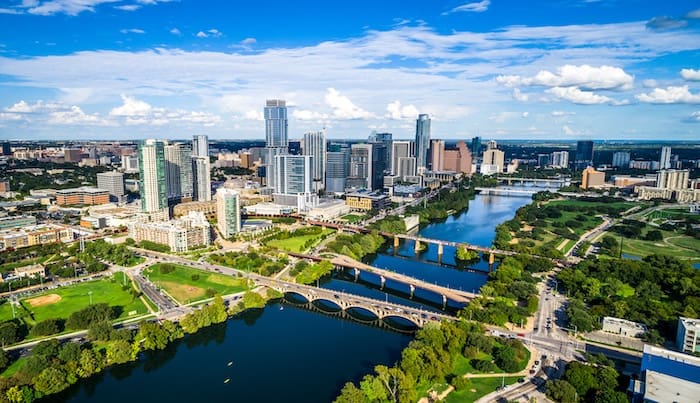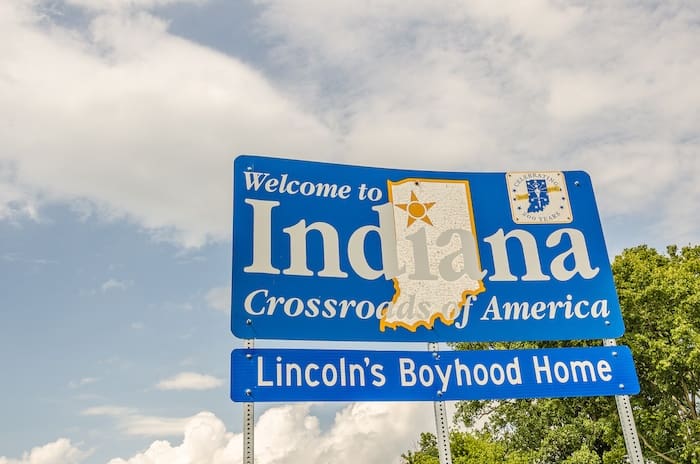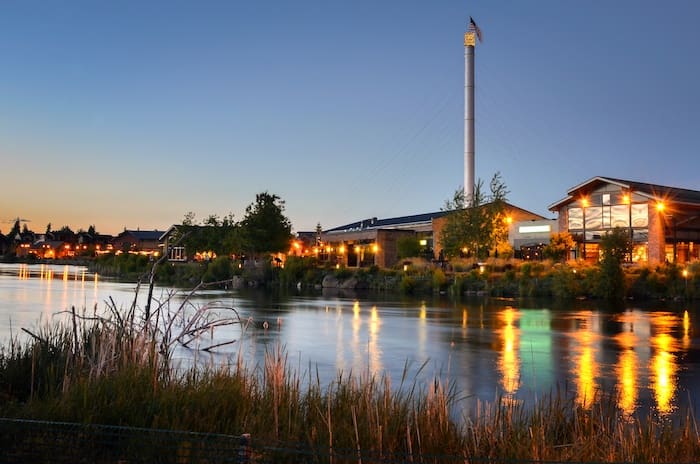Real Estate Markets to Watch in the Last Half of 2017
- Published on
- 3-5 minute read
-
 Jonathan Deesing Contributing AuthorClose
Jonathan Deesing Contributing AuthorClose Jonathan Deesing Contributing Author
Jonathan Deesing Contributing AuthorJonathan holds an MBA from the University of Utah and is a writer and content specialist. He has written for Homes.com, ASE.org, ForRent.com, Inman, Zillow's Porchlight, RISMedia, Auction.com, and more. He currently resides in Salt Lake City, Utah.
Typically, data directly correlated to real estate is used when predicting growth in real estate markets. But as any economist will tell you, nearly every part of the economy both deeply affects and is deeply affected by the real estate market – from consumer confidence to oil prices.
The sheer number of economic influences makes them difficult to use for predicting trends in real estate markets. However, there are a few factors that are easier to correlate with an uptick in markets. Using traditional factors like home appreciation contrasted with outside factors like job growth, we found a number of hot markets worth keeping an eye on in the second half of 2017.

Austin, TX
Seemingly ever on the rise, Austin looks especially promising this year. The city sports a vibrant tech scene that adds thousands of jobs and attracts big companies every year. What’s more, these companies also pump billions into the local economy, leading to further growth. A number of Austin suburbs were ranked among the fastest growing in the country last year and the city had the highest growth rate in the country in 2015.
Austin’s size and population means that while certain markets heavily favor sellers, others—especially those in the suburbs—remain reasonably priced, attracting first-time buyers and bolstering the market.
With growth in jobs and population, along with a healthy and diversified market, Greater Austin should continue to thrive throughout 2017.

Wasatch Front, UT
Ranked as the 10th best place to live by US News in 2017, Salt Lake City regularly attracts new residents, companies, and jobs.
What’s more, 15 cities along the Wasatch Front (the areas directly north and south of SLC along the I-15 corridor) were ranked in the top 100 cities nationwide for home appreciation in the first quarter of this year. Most of these cities are enjoying a market with high demand and low list times. The region not only has some of the highest economic growth in the country, but also the highest birth rates, which combined with migration means major population growth.
All of this has led to an incredible seller’s market but a similarly brutal buyer’s market. With low inventory and days on market, sellers in the area can expect higher sale prices, but finding another home may be a chore.

Kokomo, IN
This Indiana city of just over 50,000 was the highest appreciating city in Q1 of 2017 and a quick look at Kokomo’s past few years explains why. A heavy reliance on manufacturing meant the city was hit hard by The Great Recession, but it has since bounced back and now boasts an insanely low unemployment rate of 2.9%.
In 2013, Kokomo successfully annexed six square miles of surrounding county land, increasing its population and adding valuable interstate-facing real estate. At the same time, the city soon began taking care of its new residents, adding features and services sure to increase property values. Since then, Kokomo has been lauded for its recovering following the recession, adding jobs in the automobile and manufacturing industries.
With consistent job growth, a strong economy, and newly added land and residents, Kokomo’s real estate market should continue to grow in 2017. One caveat – Kokomo’s economy is highly correlated with the auto industry and therefore the U.S. economy at large, so the city is highly vulnerable to any economic downturns.

Northern I-25 Corridor, CO
Not unlike the Wasatch Front, Colorado’s northern I-25 Corridor is booming due to a successful tech scene and a subsequently strong real estate market. From Aurora to Fort Collins and everywhere between, cities enjoy an abundance of new jobs and new developments.
Cheaper land prices and a recent influx of jobs up and down I-25 has led to a slew of real estate opportunities. From Comcast to Amazon – everyone seems to be moving in. There’s a reason Colorado currently has the lowest unemployment rate in the country.
Fort Collins and Loveland were ranked 35th and 36th respectively in nationwide home appreciation so far this year, meaning that new buyers can expect quick appreciation on their homes. If you’re interested in the area, act fast! Local experts believe the market is just getting warmed up.

Bend, OR
You may be tired of seeing Bend on these lists, but there’s a reason that time and again, Bend is rated as one of the best places in the country to live, work, and play. Perhaps due to its recent acclaim and attention, Bend has become a destination for many newcomers – it was the 6th fastest growing city in the U.S. in 2016 and 62 percent of its residents weren’t even born in Oregon.
A healthy economy and an influx of new residents can only mean one thing – lots of qualified homebuyers on the market.
Home prices in Bend have climbed sharply in the last year, so much so that local real estate pros are struggling to manage that growth. Lower priced homes are often the first to go, which is bad news for first-time buyers but a sign that even more homeowners are joining the market.
Despite its growth, Bend is still flush with jobs and although local experts warn of an over-enthusiastic market, everything looks great for the next half of the year.

Phoenix Metropolitan Area, AZ
Any time Warren Buffet invests more than a third of a billion dollars in any real estate market, it’s worth taking notice. Phoenix and its surrounding metros has recently become a hot spot for new tech jobs, especially in the first half of 2017.
Like most of the rest of the country, Metro Phoenix is currently in a seller’s market, meaning high prices for sellers, yet the area remains one of the cheapest big metros in the country.
With a population of over 4.5 million, a diverse market, and a steady flow of new jobs and residents, Metro Phoenix should continue to thrive through the rest of the year.

Reading the Tea Leaves
While it can be difficult to accurately predict real estate market trends, there are usually healthy signs to look for in your own market. Are new jobs being added? How about new residents? How dependent is your market on the national economy?
The cities in this piece have shown great indicators for these in the first half of 2017 and should continue through the rest of the year. What about yours?
